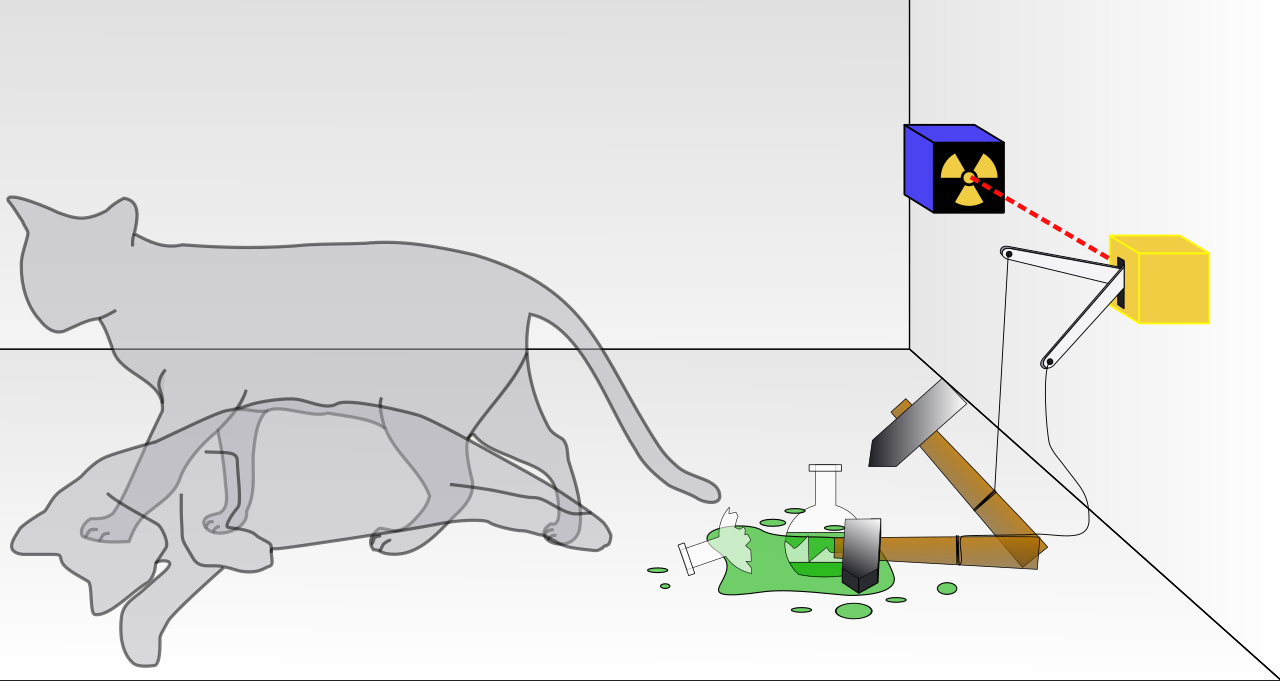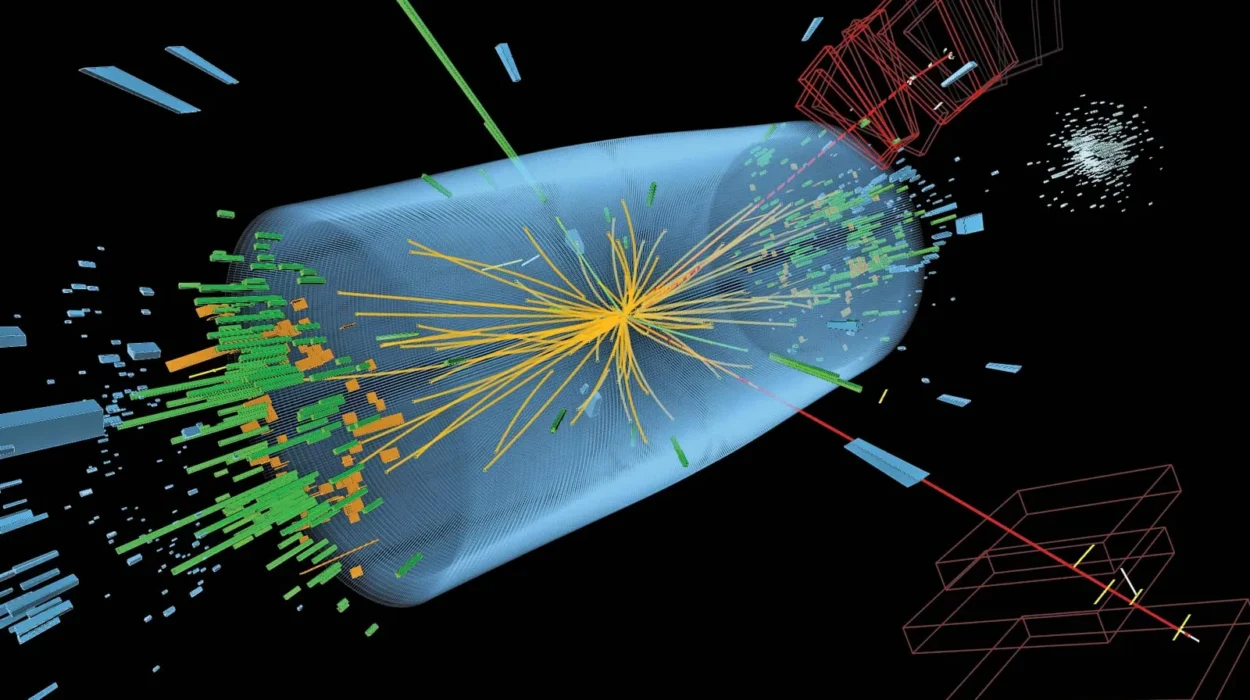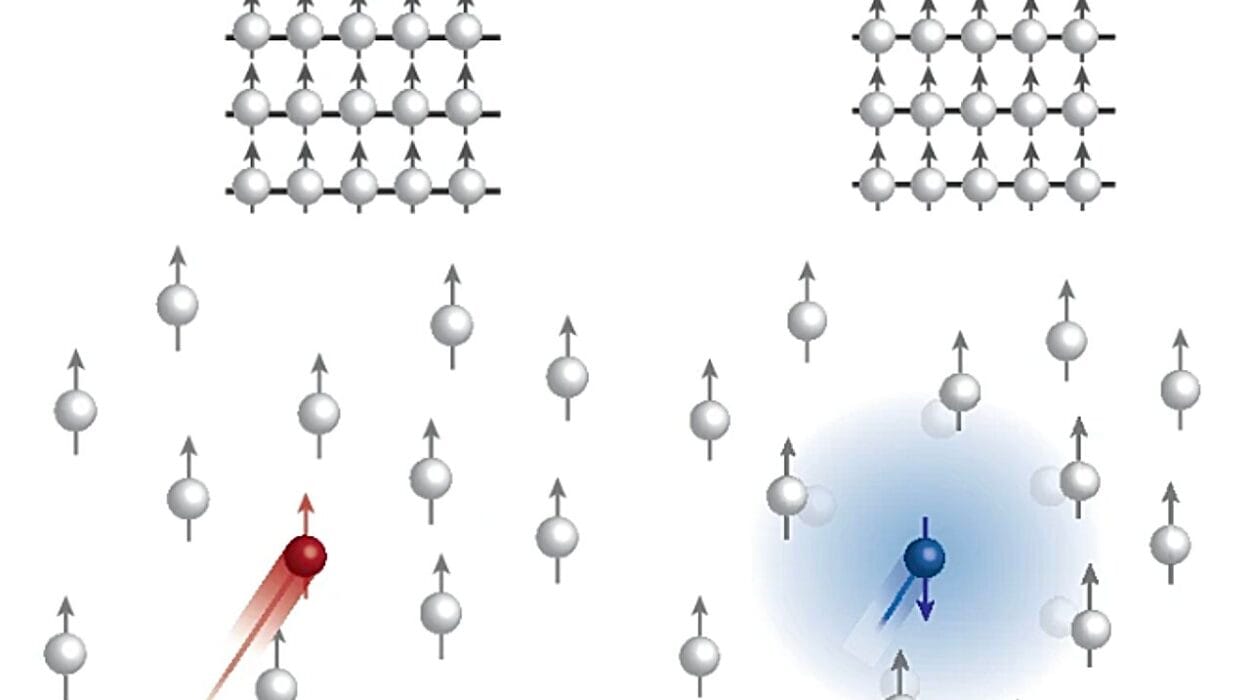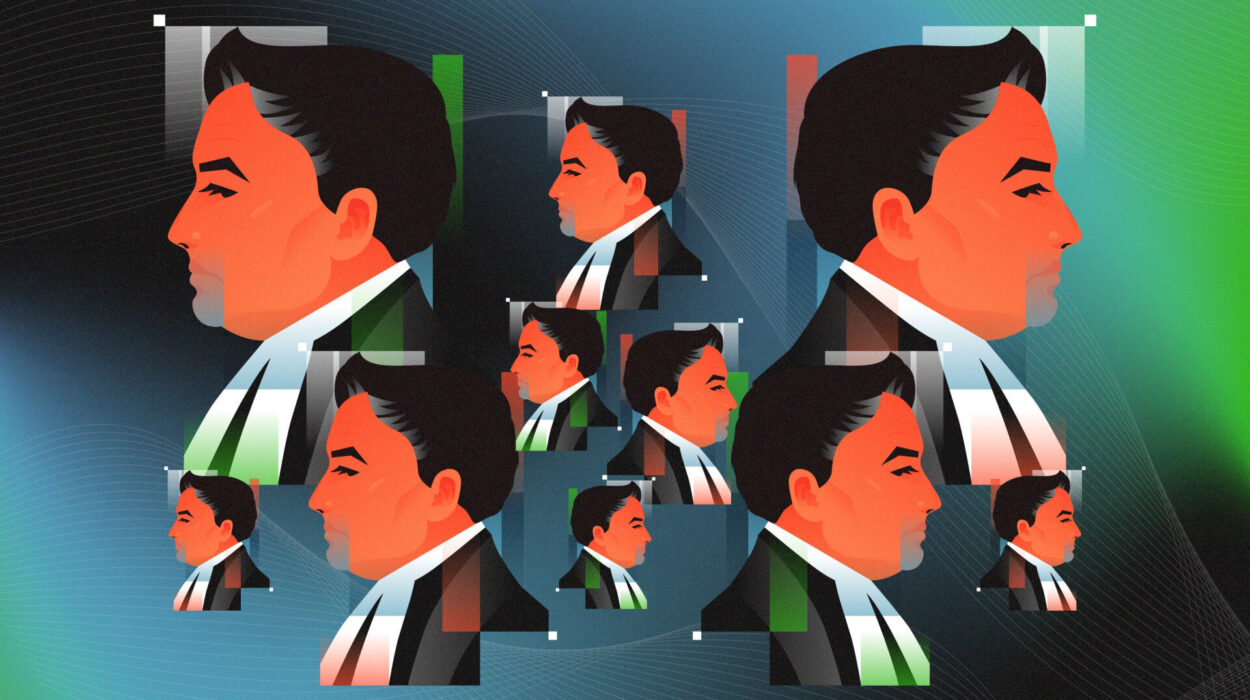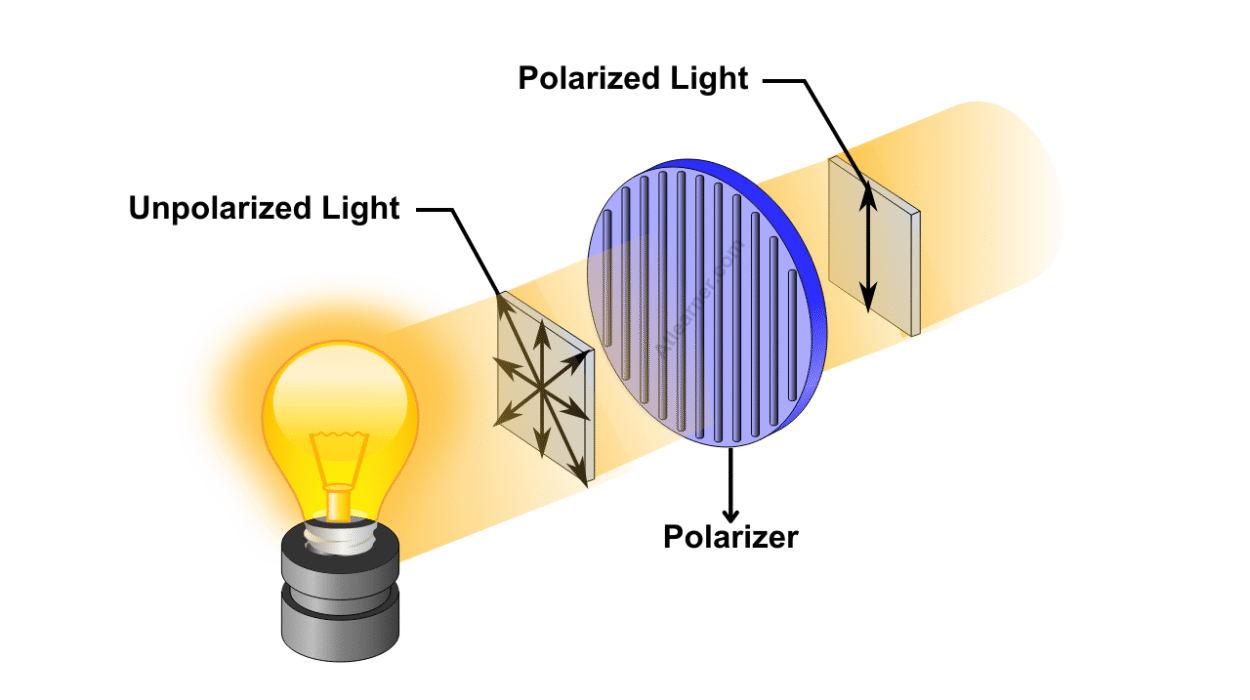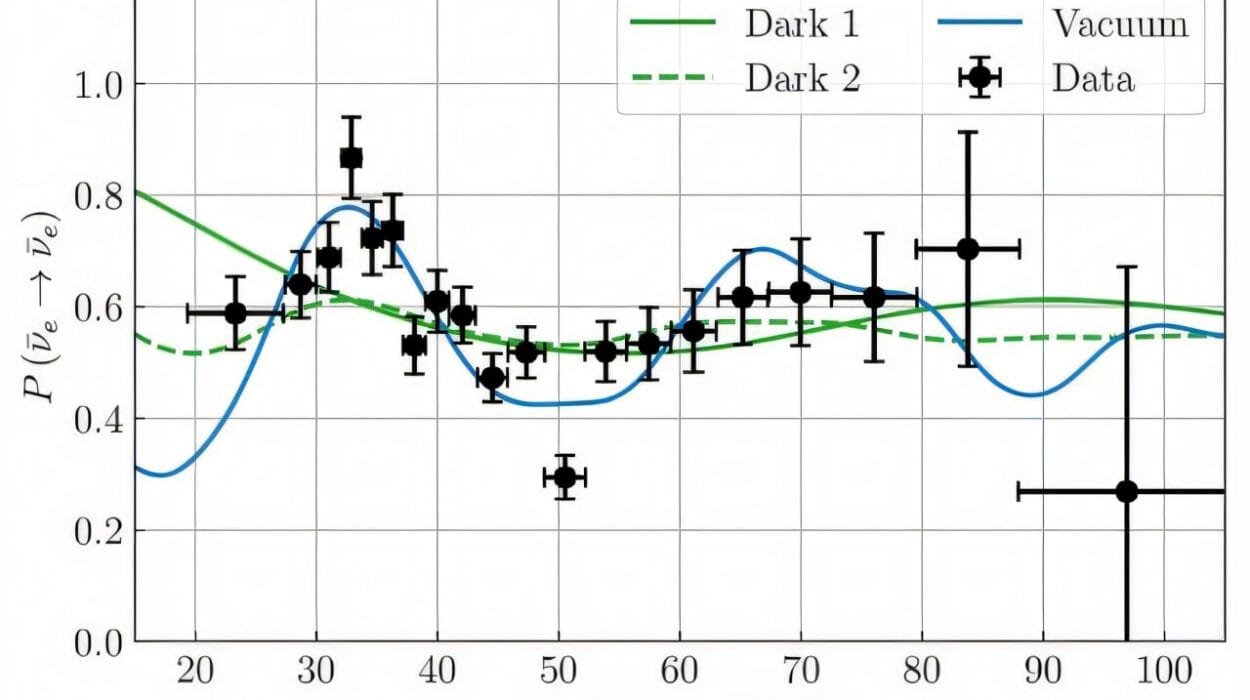In the vast and baffling universe of quantum mechanics, no thought experiment has achieved the iconic status of Schrödinger’s Cat. It is not merely a quirky riddle about a feline locked in a box—it is a profound paradox that tears at the very fabric of how we understand reality. Picture this: a cat that is both dead and alive, not due to some macabre magic trick, but because the quantum world says so.
What does this paradox really mean? Why does quantum mechanics, a theory known for its staggering predictive power, give rise to such bizarre conclusions? And what was Erwin Schrödinger really trying to prove when he created this feline puzzle? To answer these questions, we must dive deep into the world of particles, probabilities, wavefunctions, and observation. We will explore the origins of the cat-in-the-box scenario, the strange rules of quantum theory that allow such a paradox to exist, and how this thought experiment continues to challenge our perception of reality.
The Birth of Quantum Mechanics: A World of Uncertainty
To understand Schrödinger’s Cat, we must first understand the context in which it was born. Quantum mechanics arose in the early 20th century as scientists struggled to explain phenomena that classical physics could not. The behavior of atoms, electrons, and photons defied Newton’s laws. Light, for example, sometimes acted like a wave and other times like a particle. Electrons orbited nuclei in ways that defied traditional mechanics.
In 1927, Werner Heisenberg introduced the Uncertainty Principle, stating that certain pairs of physical properties—like position and momentum—could not both be known precisely. Around the same time, Niels Bohr championed the Copenhagen interpretation of quantum mechanics, suggesting that particles exist in a superposition of all possible states until they are measured.
This notion of superposition is crucial. In the quantum realm, particles do not have definite states until observed. An electron can be in multiple places at once. A photon can go through two slits simultaneously. But what does it mean for something to be in multiple states? How does an observation ‘collapse’ these possibilities into a single reality?
Enter Schrödinger: A Reluctant Revolutionary
Erwin Schrödinger was not entirely comfortable with the implications of the Copenhagen interpretation. Though he was one of the pioneers of quantum mechanics—formulating the famous Schrödinger equation that describes how quantum systems evolve—he found the idea of particles existing in undefined states until observed to be deeply unsettling.
In 1935, as a critique of this interpretation, Schrödinger devised a thought experiment that would become legendary. He wanted to highlight the absurdity of applying quantum rules to everyday objects. If the Copenhagen interpretation were taken to its logical conclusion, then not just electrons and photons, but entire cats, could exist in limbo between life and death.
The Thought Experiment: The Cat in the Box
Here is how the thought experiment unfolds:
Imagine a sealed steel box. Inside, there is a living cat, a vial of poison, a Geiger counter, a small amount of radioactive material, and a hammer. If the radioactive material decays within a given hour, the Geiger counter detects it, triggers the hammer, and breaks the vial, releasing poison that kills the cat. If the material does not decay, the cat lives.
Radioactive decay is a quantum process—it is governed by probability. According to quantum mechanics, the atom exists in a superposition of decayed and not decayed states until observed. If the atom is in a superposition, then so too must be the trigger, the hammer, the poison, and ultimately, the cat.
So, until the box is opened and the system is observed, the cat is simultaneously alive and dead. It is not either-or, but both. This paradox was Schrödinger’s way of illustrating the strangeness of quantum theory. He never intended it as proof that cats could literally exist in superpositions. Instead, he was asking a deeper question: where does the quantum world end and the classical world begin?
Superposition: The Strange Heart of Quantum Mechanics
At the core of the cat paradox is the principle of superposition. In quantum mechanics, particles are described not by definite states but by wavefunctions—mathematical functions that encode all possible states of the system. When unobserved, a particle does not choose a single state but exists as a combination of all possible states.
This is not just theory—it has been demonstrated in countless experiments. In the double-slit experiment, for instance, individual photons sent through two slits form an interference pattern on a screen, suggesting that each photon goes through both slits at once. Only when observed does the photon “choose” a slit, collapsing the wavefunction.
If a single particle can be in a superposition, can larger systems? In principle, yes. There is nothing in the mathematics of quantum mechanics that limits superposition to the microscopic. This leads directly to the Schrödinger’s Cat problem. If atoms can be in superpositions, then why not cats?
The Collapse of the Wavefunction: Observation as Reality
One of the central mysteries in quantum theory is the so-called “collapse” of the wavefunction. When a quantum system is observed, its wavefunction seems to instantaneously reduce to a single outcome. Before measurement, the system can be in multiple states; after, it is in just one.
But what constitutes an observation? Is it a human looking into the box? A measuring device triggering a mechanism? The moment photons from the cat’s fur hit the walls of the box? This question remains unresolved and fuels many interpretations of quantum mechanics.
The Copenhagen interpretation holds that measurement collapses the wavefunction, but it does not define what qualifies as a measurement. Critics like Schrödinger and Einstein argued that this vagueness was unacceptable. They believed that quantum theory, as elegant and successful as it was, must be incomplete.
Many Worlds: A Cat in Every Universe
One of the most fascinating alternatives to the Copenhagen interpretation is the Many-Worlds Interpretation (MWI), proposed by Hugh Everett in 1957. According to MWI, the wavefunction never collapses. Instead, all possible outcomes of a quantum event occur, but in separate, branching universes.
Applied to Schrödinger’s Cat, this means that when the radioactive atom is in superposition, the universe splits: in one universe, the atom decays and the cat dies; in another, it does not decay and the cat lives. Both outcomes are real, but they exist in parallel worlds that do not interact.
In this view, the cat is not both alive and dead in the same universe, but alive in one and dead in another. Observation does not collapse possibilities but rather reveals which branch of the multiverse we inhabit. This interpretation removes the need for a mysterious wavefunction collapse, but it introduces an infinite number of parallel realities.
Decoherence: The Transition from Quantum to Classical
Another important concept in resolving the paradox is quantum decoherence. This theory suggests that interaction with the environment causes a quantum system to lose its coherence—that is, the ability to exhibit interference between states.
In the context of Schrödinger’s Cat, decoherence happens very quickly due to the complexity and size of the system. The cat interacts with air molecules, photons, and thermal radiation, which effectively “measure” it long before a human opens the box. These interactions entangle the system with the environment, leading to an apparent collapse without the need for conscious observation.
Decoherence helps explain why we do not see superpositions in everyday life, even though quantum mechanics governs all matter. It suggests that the boundary between the quantum and classical worlds is not sharp but emerges naturally through interactions with the environment.
Quantum Entanglement: Spooky Connections
Another quantum phenomenon related to the cat paradox is entanglement. When two particles become entangled, their properties are linked such that measuring one instantly affects the state of the other, regardless of distance. Einstein famously referred to this as “spooky action at a distance.”
In the cat experiment, the radioactive atom and the cat become entangled. The fate of the cat is tied to the decay of the atom. This entanglement means that observing the atom indirectly determines the cat’s state. Entanglement raises profound questions about locality, causality, and the nature of information.
Entanglement has been confirmed through numerous experiments and lies at the heart of emerging technologies like quantum computing and quantum cryptography. It underscores the non-local, interconnected nature of quantum reality—another departure from classical intuitions.
Philosophical Implications: What Is Reality?
Schrödinger’s Cat is more than a curiosity—it challenges our fundamental assumptions about reality. Does the world exist independently of observation? Is there an objective reality, or is reality inherently tied to what we measure and perceive?
These questions echo through centuries of philosophical inquiry. From Plato’s cave to Descartes’ doubts to Kant’s categories, thinkers have wrestled with the relationship between perception and truth. Quantum mechanics forces us to confront these questions anew, not in abstraction, but with mathematical rigor and experimental evidence.
Einstein believed in an objective reality, famously stating, “I like to think the moon is there even if I am not looking at it.” Bohr, on the other hand, argued that questions about reality without measurement are meaningless. Between these poles lies a spectrum of interpretations, each with its own metaphysical baggage.
The Cat Today: From Paradox to Possibility
In modern physics, Schrödinger’s Cat has moved beyond philosophy and entered the realm of experimental science. Researchers have created quantum superpositions in increasingly large systems, including molecules and tiny mechanical oscillators. Though we are far from putting an actual cat in a superposition, we are inching closer to bridging the gap between quantum and classical worlds.
Quantum computers exploit superposition and entanglement to perform calculations beyond the reach of classical machines. Quantum sensors achieve unprecedented precision. Quantum cryptography offers theoretically unbreakable security. These technologies rely on principles that Schrödinger dramatized with his hypothetical cat.
In a strange twist, the paradox meant to ridicule the Copenhagen interpretation has become a guiding light for quantum innovation. Schrödinger’s Cat, once a symbol of absurdity, now represents the frontier of human knowledge.
Conclusion: The Cat That Lives On
Schrödinger’s Cat remains one of the most compelling illustrations of quantum weirdness. It encapsulates the mystery, the beauty, and the confusion of a theory that defies common sense yet predicts reality with uncanny accuracy. It invites us to question what we know, how we know it, and what it means to observe.
Whether you align with Copenhagen, Many-Worlds, decoherence, or some other interpretation, the cat in the box demands your attention. It asks not only whether the cat is alive or dead, but what it means to be either. It challenges us to see beyond the veil of appearance and embrace a universe that is far stranger—and far more wondrous—than we ever imagined.
In the end, Schrödinger’s Cat is not just about physics. It is about curiosity, imagination, and the relentless human drive to understand. And in that sense, perhaps, the cat is very much alive.
